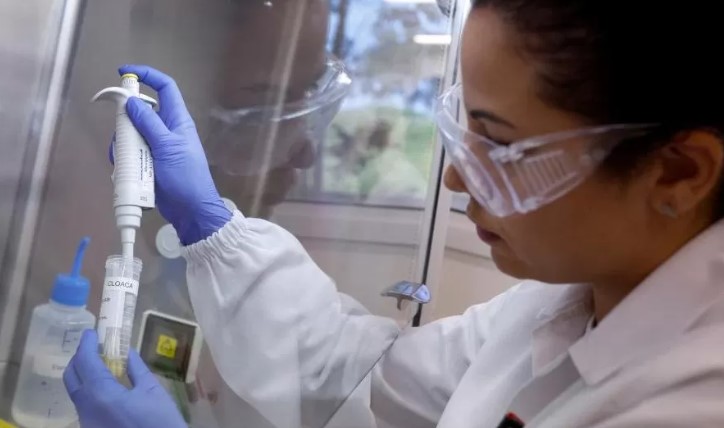Rising Avian Flu Crisis in Brazil Spurs Government Action: Urgent Measures Implemented to Safeguard Poultry Industry and Public Health

In a perplexing turn of events, Brazil has officially declared a state of animal health emergency for a duration of six months due to the alarming occurrence of avian flu in wild bird populations. Astonishingly, seven cases have emerged in Espirito Santo state, while an additional case was identified in Rio de Janeiro state.
This unprecedented emergency declaration provides the government with the authority to swiftly implement measures aimed at curtailing the rampant spread of the highly contagious H5N1 virus. It is crucial to note that Brazil holds the distinction of being the largest global exporter of chicken meat, boasting an impressive annual sales figure of nearly $10 billion (£8 billion).
Authorities have confirmed that these cases were discovered in regions far removed from the country’s primary production hubs located in the southern part of Brazil. However, it has been observed in the past that outbreaks among commercial flocks have occasionally followed the detection of avian flu cases in wild birds.
Once a case is detected on a farm, it typically triggers a mass culling of birds, and in some instances, prompts trade restrictions imposed by other nations. As a precautionary measure, the animal health emergency has been extended nationwide for the next 180 days, encompassing the entirety of Brazil.
The global community finds itself amidst the most severe outbreak of bird flu in history, which has resulted in an unprecedented number of fatalities among wild birds. Alarmingly, the disease has even begun to affect certain mammal populations. The scientific community remains baffled as to why this particular outbreak has proven to be considerably more devastating than previous instances. The World Organisation for Animal Health (WOAH) has reported grave repercussions on animal health and welfare.
The World Health Organization (WHO) emphasizes the urgent need for close monitoring of the H5N1 virus’s further spread, as it remains uncertain whether it is undergoing mutations that would enable human-to-human transmission. Presently, reported cases are primarily a consequence of individuals having close contact with infected birds.


